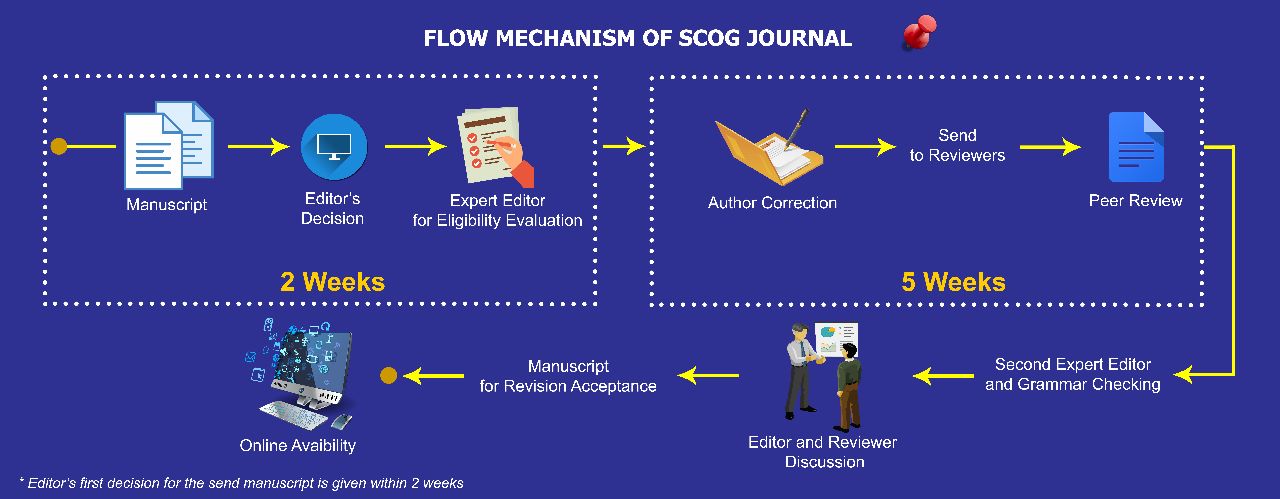Australian Palinomorphs From The Buya Formation Of The Sula Island
Abstract
This research has proved the occurrence of pre-Tertiary palynomorphs within the Buya Formation of the Sula Island. Most palynomorphs have Australian affi nity and appear in most Mesozoic basins in Australia and in Papuan Basin of Papua New Guinea. The palynomorph assemblage mostly consists of spores as well as dinofl agellates. Three micro-fl ora zones can be defi ned referring to the existing index spores, including (from older to younger zone) Contignisporites cooksoniae zone, Murospora fl orida zone and Retitriletes watheroensis zone. Meanwhile, four dinofl agellate zones enable to be constructed such as (from older to younger zone) Caddasphaera halosa zone, Wanaea clathrata-Wanaea indotata zone, Dingodinium swanense zone and Criboperidinium perforans zone-younger zone. Both zonations suggest that the age of the Buya Formation is Middle to Late Jurrasic or Bathonian to Tithonian. From the palaeobiogeographic point of view, the similarity between palynomorphs from the Buya Formation of the Sula Island and those from the Mesozoic sediment of Australia suggests land connection between both areas during Middle to Late Jurassic. It suggests that, during this age, the study area attached the Australian Continent which was situated far South from the equatorial. The study area appears in its recent position during Neogene.
Keywords
Full Text:
PDFReferences
Cross, A. T., 1964. Plant Microfossils and Geology:
An Introduction. In: Cross, A. T (ed.), Palynology in
Oil Exploration. A Symposium, Society of Economic
Paleontologists and Minerologists, Special Publication
, pp. 3 – 13.
Garrard, R. A., Supandjono, J. B. and Surono, 1988.
The Geology of the Banggai-Sula Microcontinent,
Eastern Indonesia. Proceeding Indonesian Petroleum
Association, 17th Annual Convention, pp. 23-52.
Helby, R., Morgan, R. and Partridge, A. D.,
A Palynological Zonation of the Australian
Mesozoic. In: Jell, P. A. (eds.), Studies in Australian
Mesozoic Palynology, Association of Australasian
Palaeontologists, pp. 1–85.
Kemp, G. and Mogg, W., 1992. A Re-Appraisal of the
Geology, Tectonic, and Prospectivity of Seram Island,
Eastern Indonesia. Proceeding Indonesian Petroleum
Association, 21st Annual Convention, pp. 521–552.
Lelono, E. B., 2001. Obtaining the Suitable Techniques
for Palynological Preparation. Lemigas Scientific
Contribution, no. 2/ 2001, pp. 2-6.
Lelono E. B., Nugrahaningsih, L., Setiawan, H.
L. and Sumarsono A., 2010. Paleogeography and
Hydrocarbon Potentiality of the Sula Area, North
Maluku. Lemigas In-House Research. Unpublished
Report, 156 p.
Pigram, C. J., Surono and Supandjono, J. B.
Geology and Regional Significance of the
Sula Platform, East Indonesia. Joint Publication
by Geological Research and Development Centre,
Indonesia and Bureau of Mineral Resources Australia
(GRDC Publication).
Sukamto, R., 1975. Ujung Pandang 1:1,000,000 Scale
Geological Map. Geological Survey of Indonesia.
Supandjono, J. B. and Haryono E., 1993. Peta
Geologi Lembar Banggai, Sulawesi-Maluku, Skala
:250.000. Pusat Penelitian dan Pengembangan
Geologi, Bandung.
DOI: https://doi.org/10.29017/SCOG.35.3.784

This work is licensed under a Creative Commons Attribution-NonCommercial-NoDerivatives 4.0 International License.






